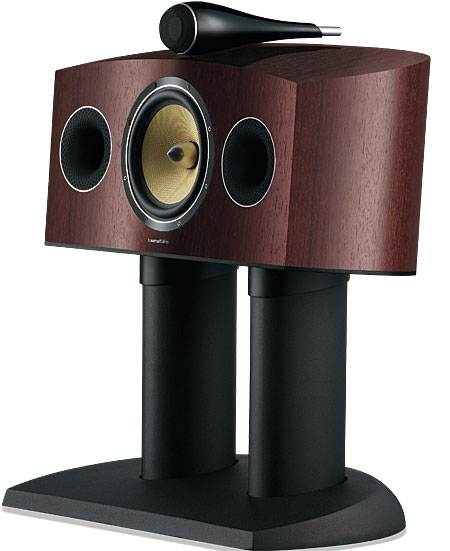Hello,
I read the review with interest since I currently use the previous generation 805s/HTM4s/ASW825 speakers in my system. I have noticed you used Rotel RSX-1550 with the 805D system. Do you think this receiver is sufficient or 805Dis would benefit from more current (I am considering whether to purchase something like Anthem MCA 50 5x185W to drive the speakers).
Regards, Dejan


































































